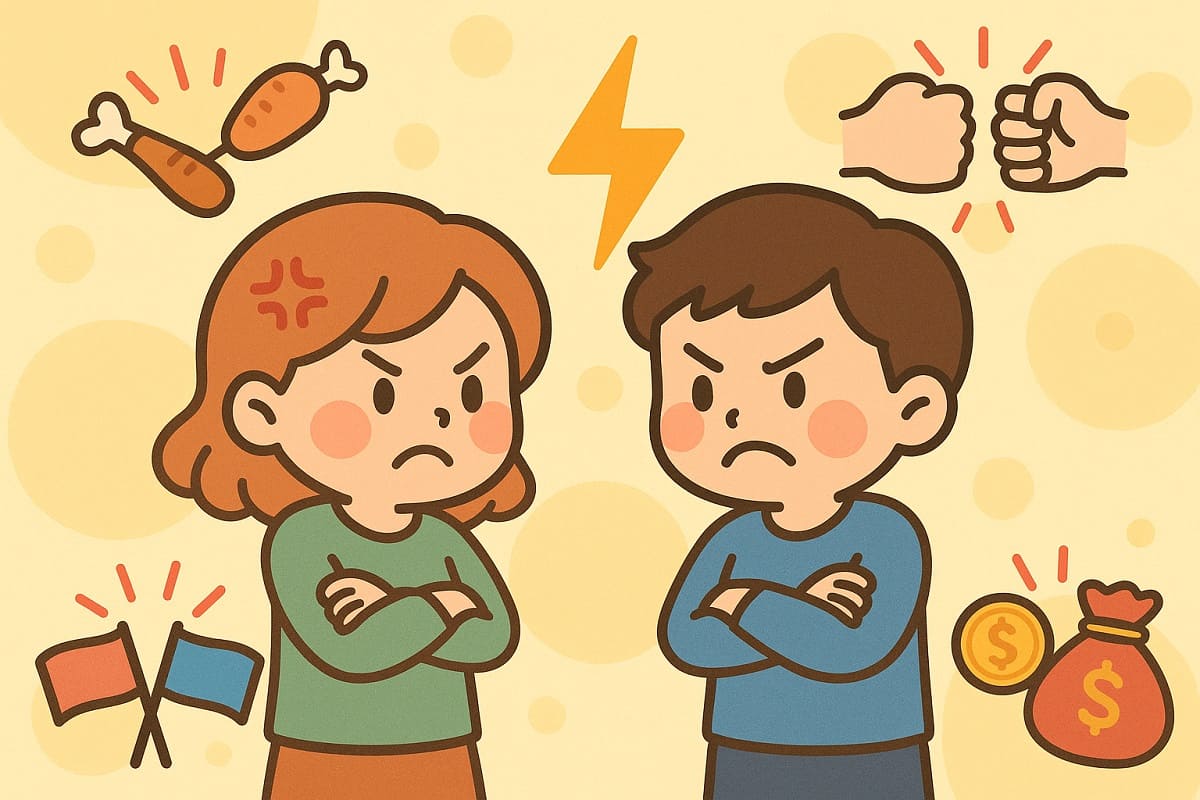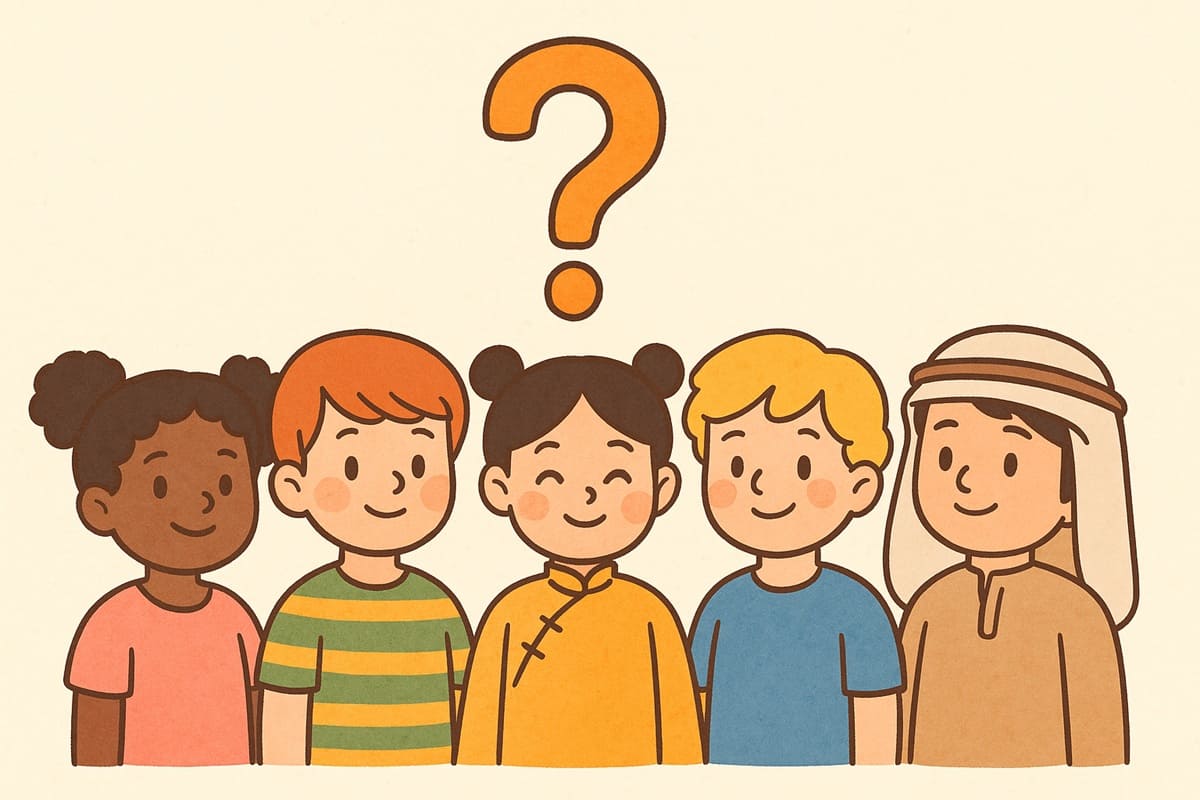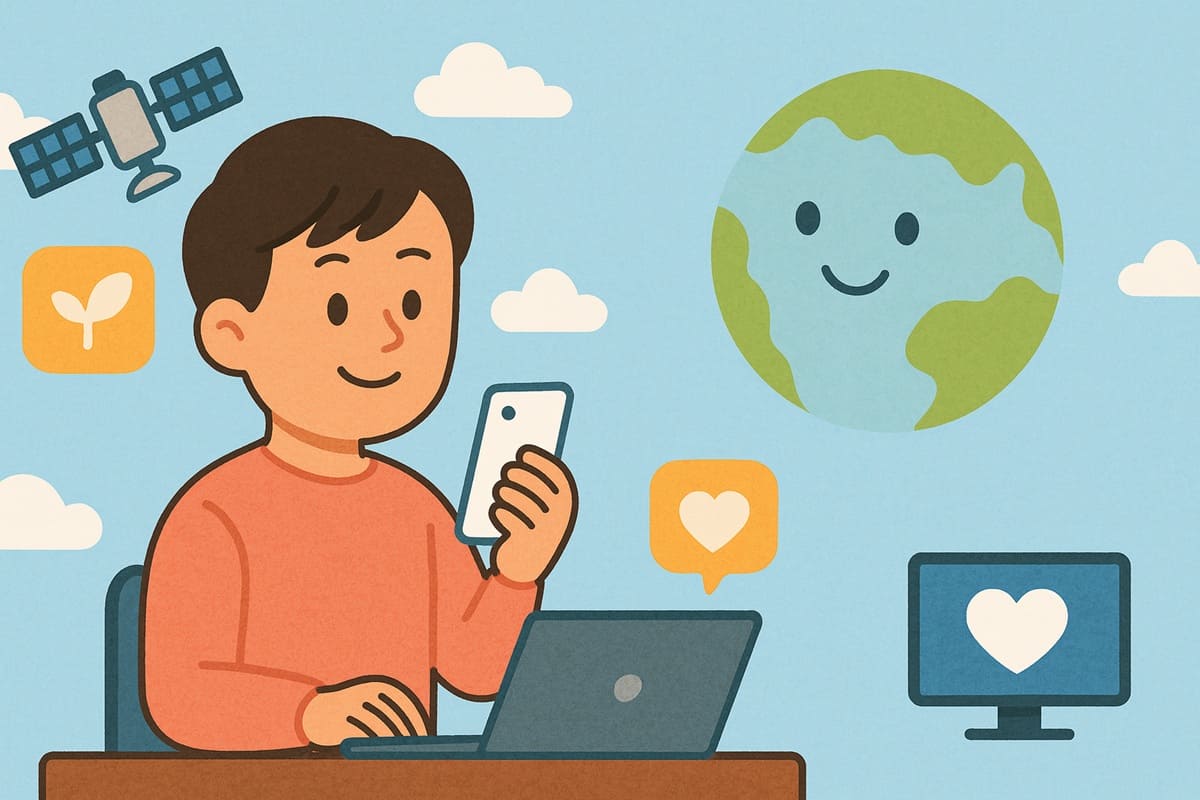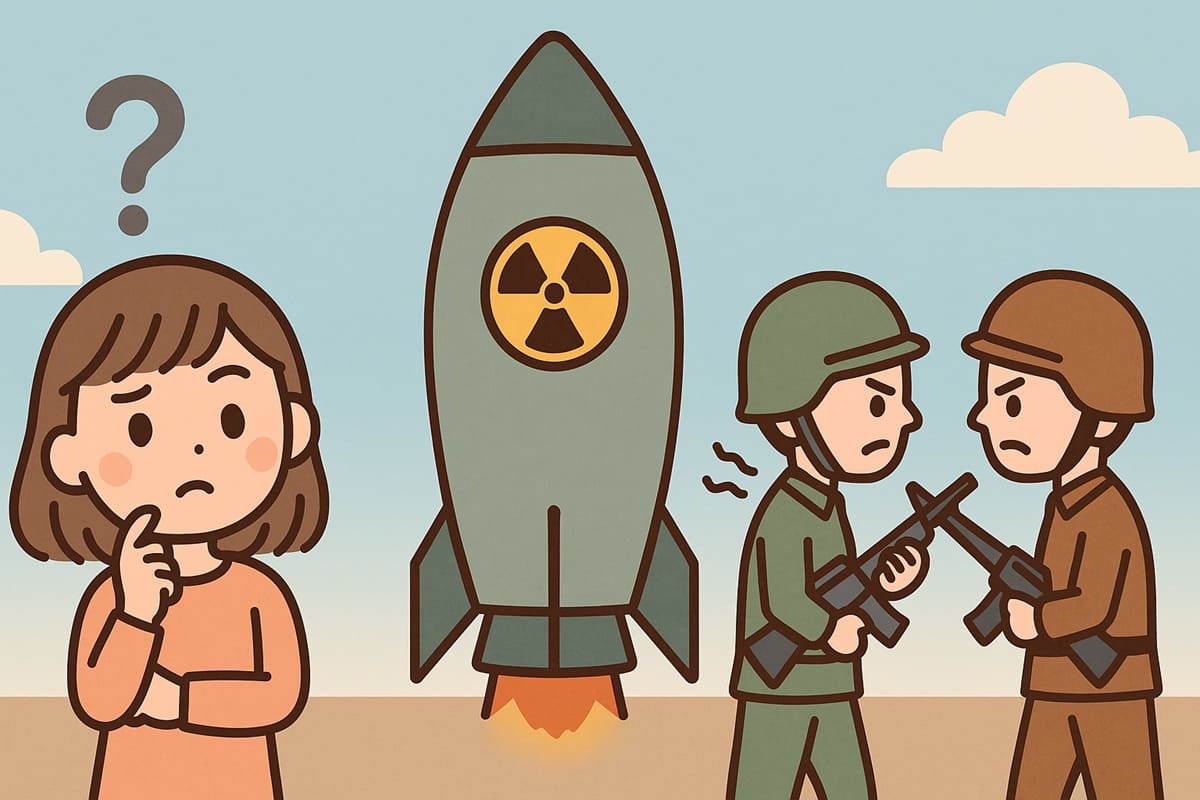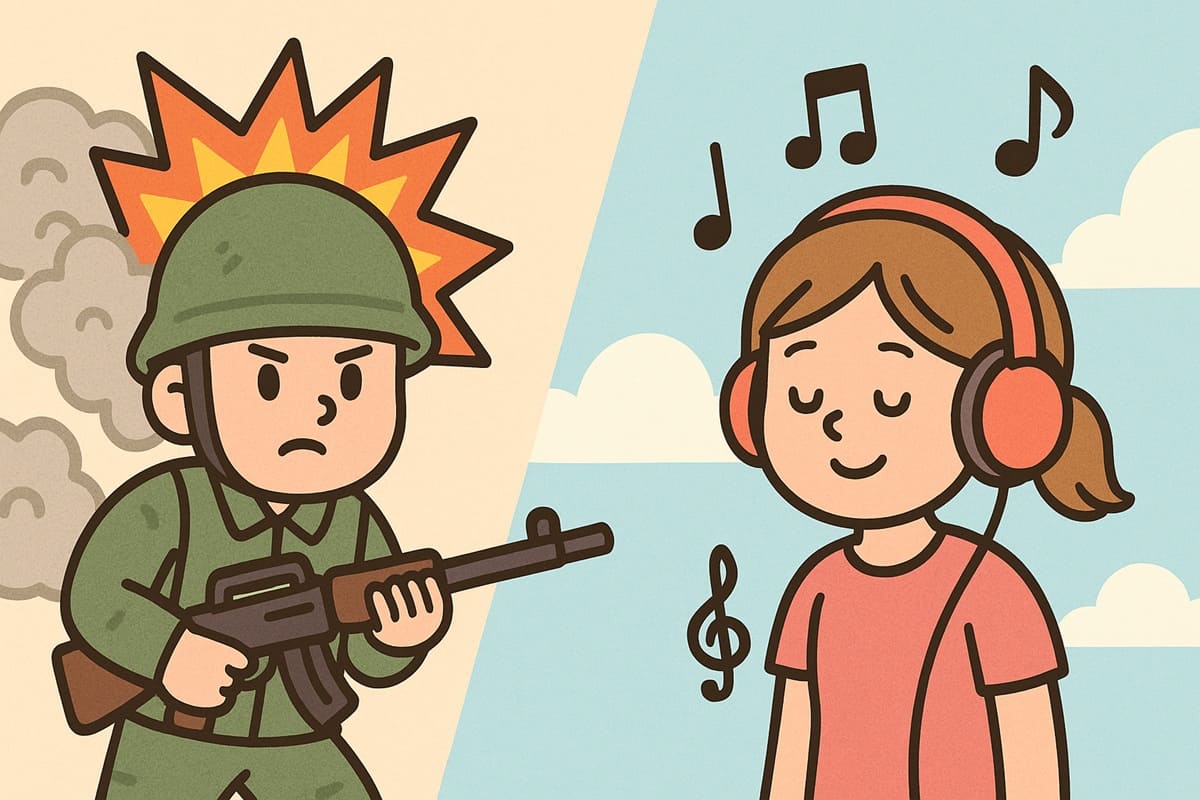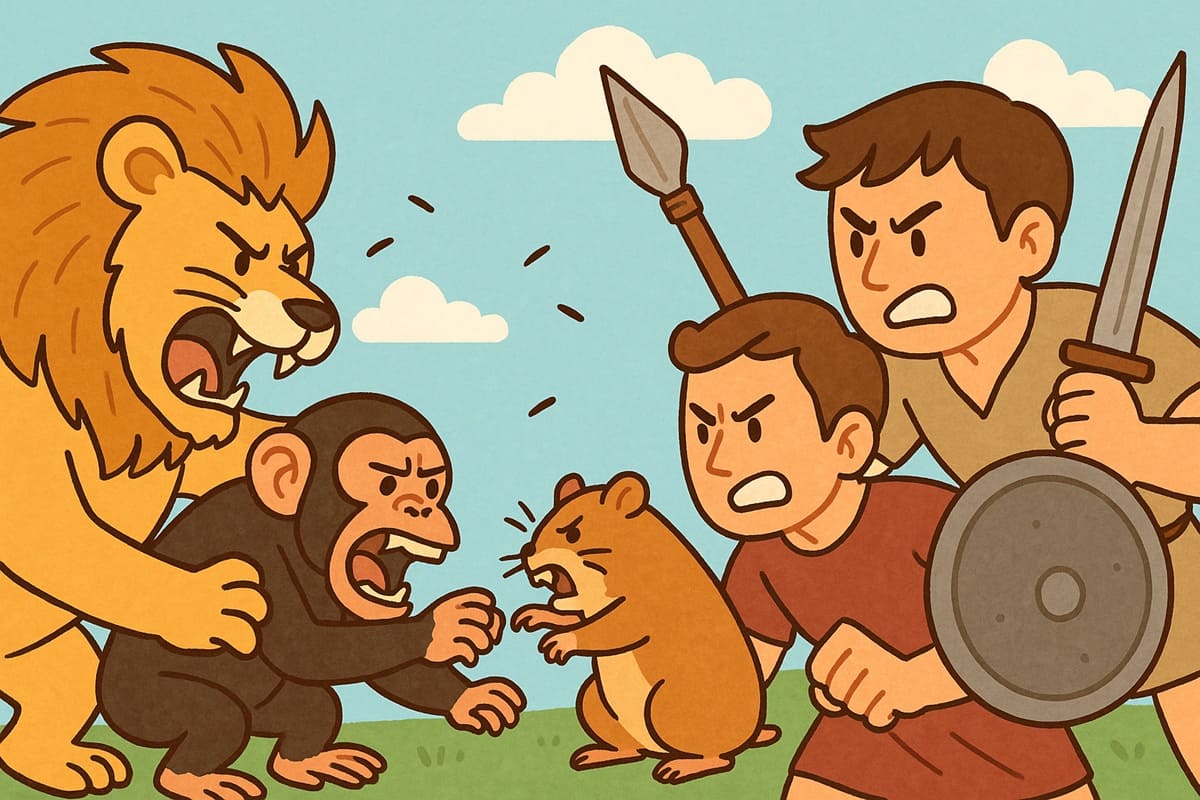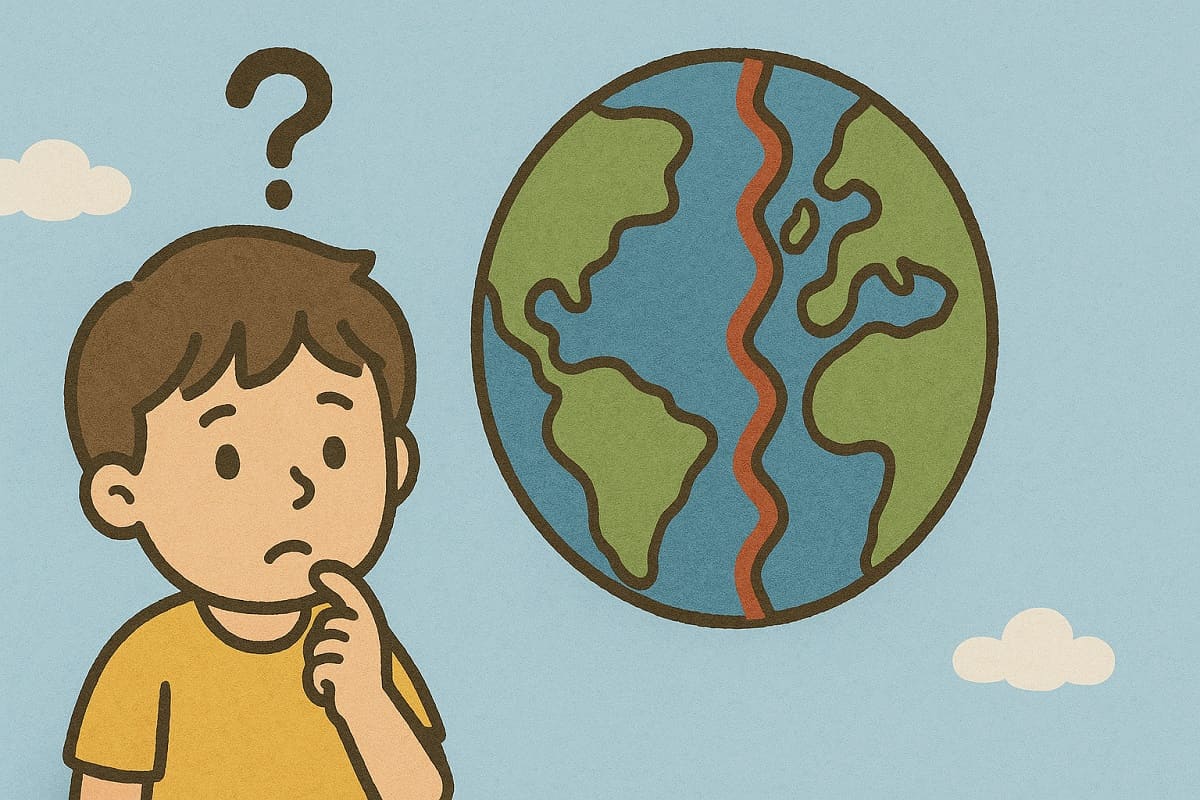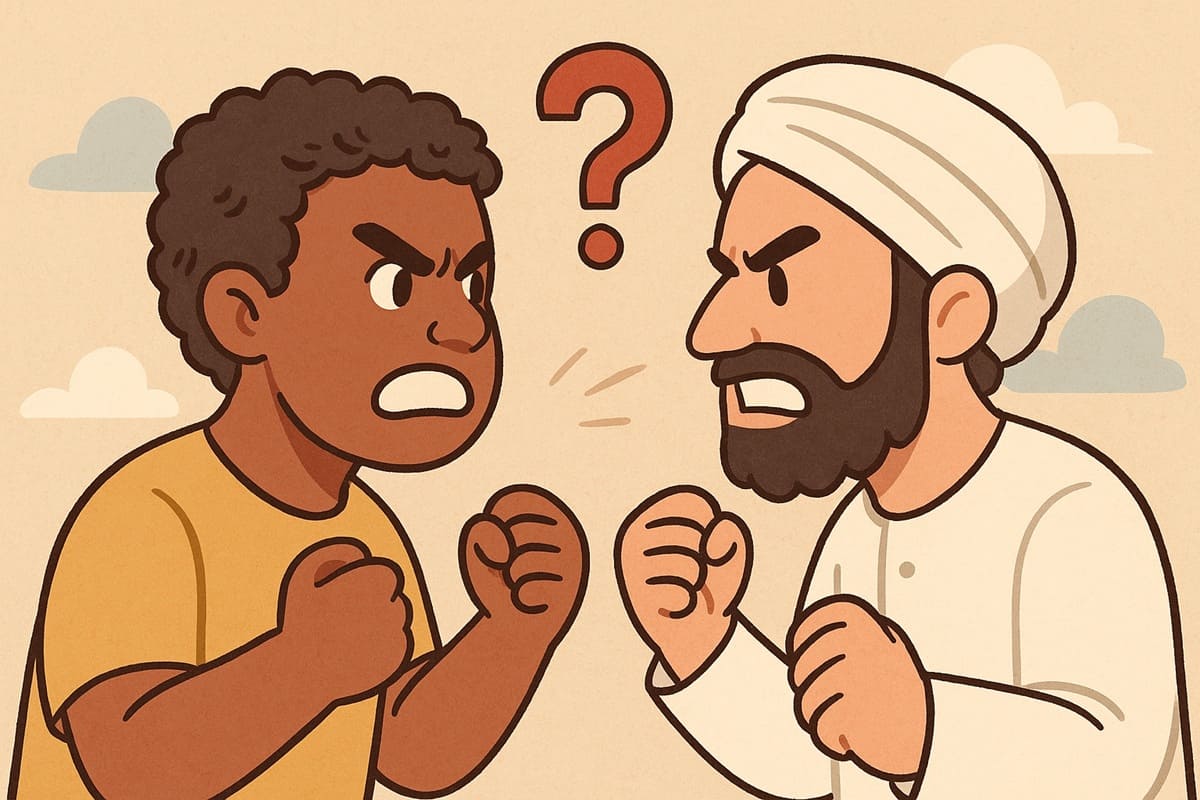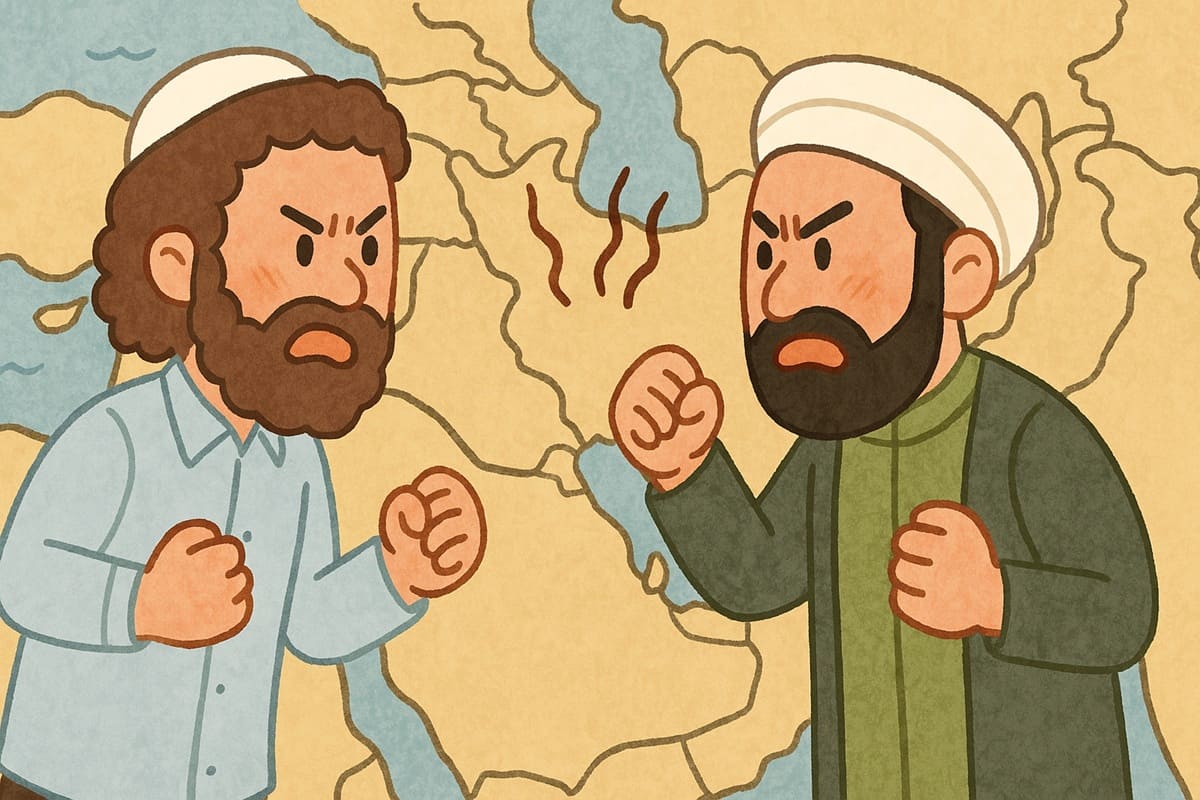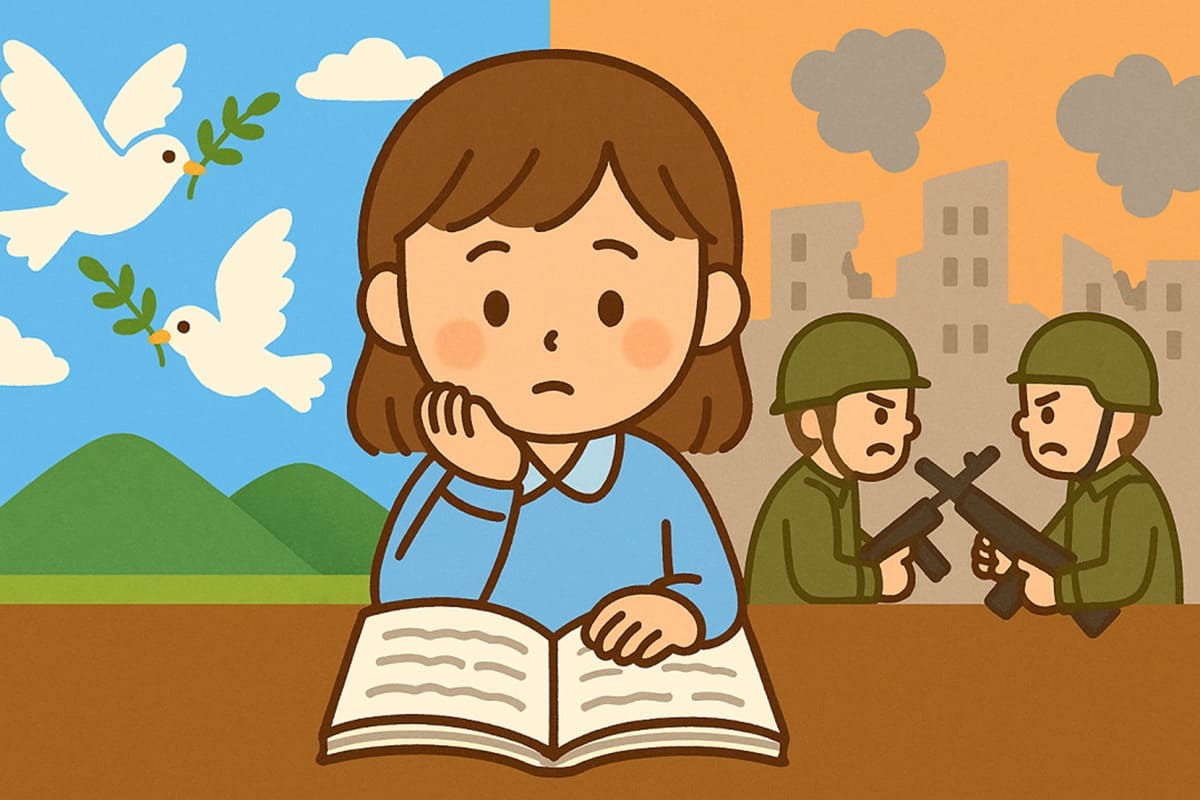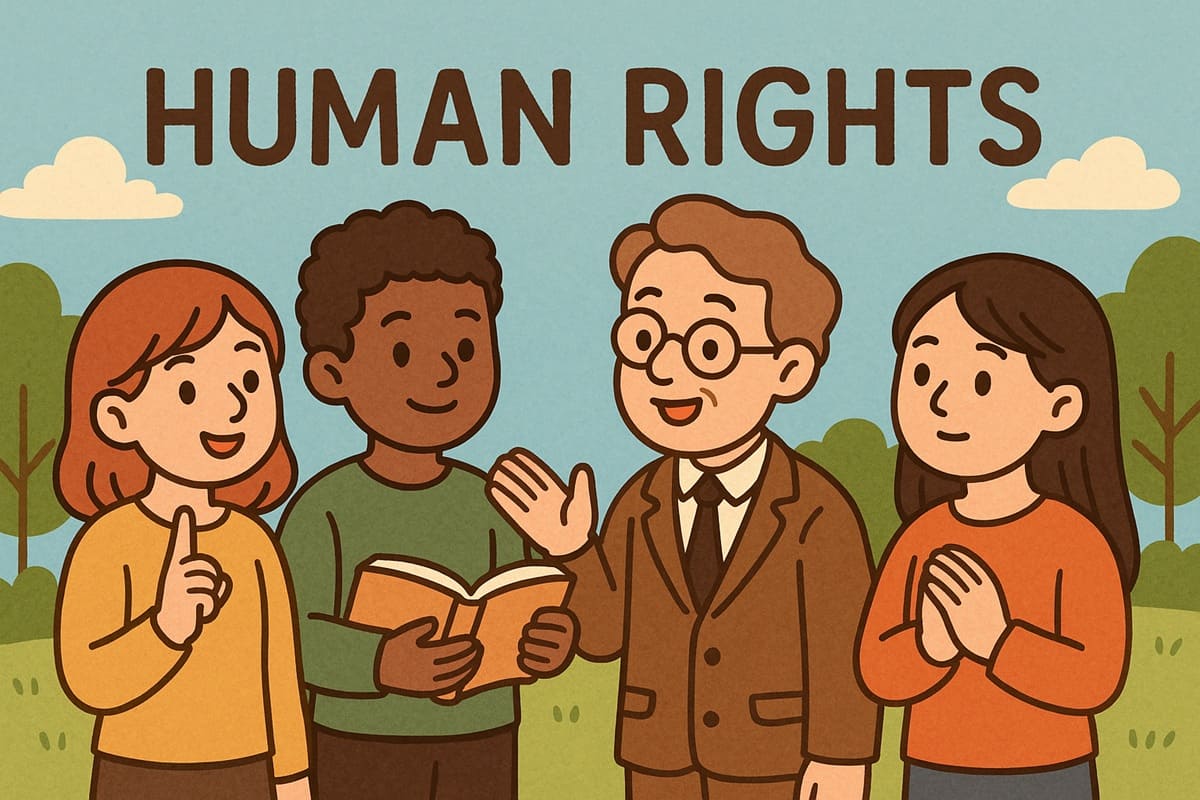What is Peace Education? “Learning About Peace” and “Learning For Peace”
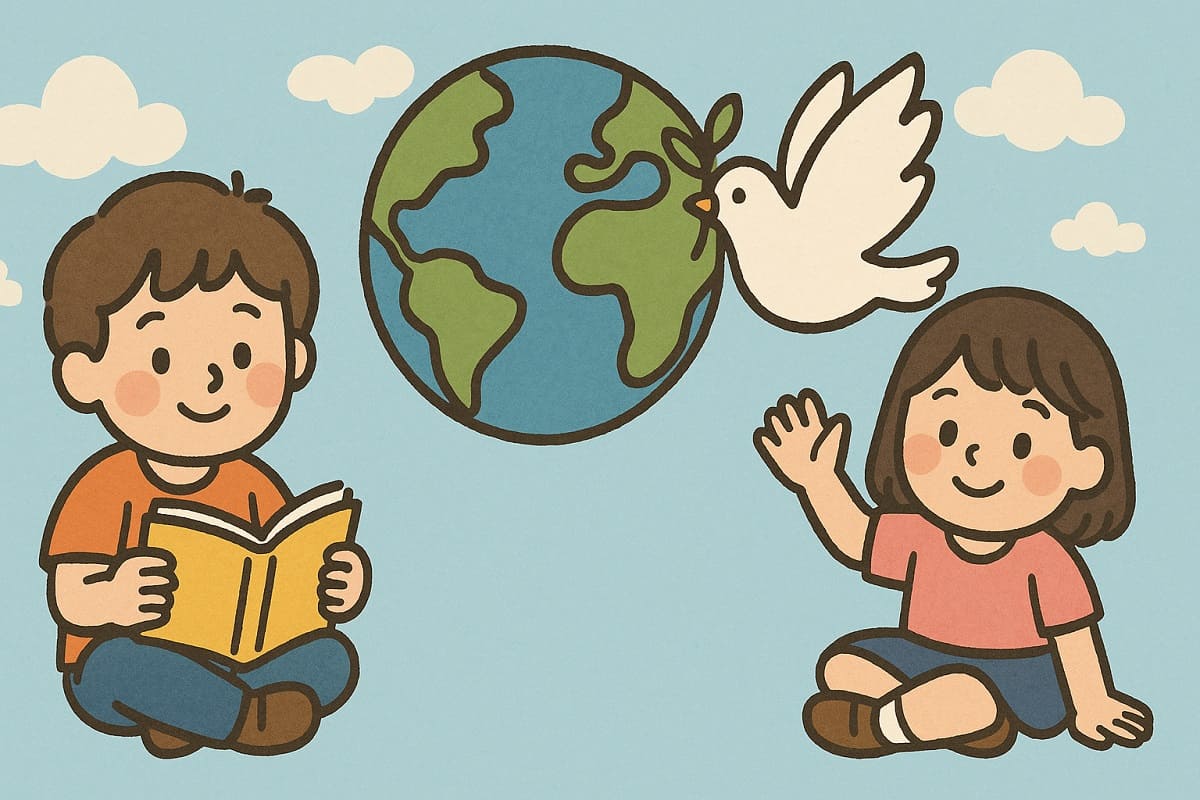
“Let’s build a peaceful world.”
Maybe you’ve had this thought at least once.
A society without war, violence, bullying, or discrimination — that’s not just a dream.
But to make it real, each of us needs to learn about peace, think about it, and develop the power to act for it.
That’s where peace education comes in.
But many people wonder: “What exactly do we learn in peace education?” “Why is it important?”
This article will explain those questions in a simple and easy-to-understand way.
Peace Education Means “Learning About Peace” and “Learning For Peace”
Put simply, peace education means “learning about peace” and “learning for peace.”
For example, it includes learning about the history of war, studying global issues like conflict and poverty, and thinking about how to talk things through without fighting in the classroom or among friends.
Even learning “how to consider others’ feelings” is part of peace education.
UNICEF defines peace education as:
“The process of acquiring the values, knowledge, attitudes, skills, and behaviors to live in harmony with oneself, others, and the natural environment.”
In short, peace education is not just about gaining knowledge.
It’s about nurturing our attitudes, ways of thinking, communication skills, and ability to cooperate.
It’s a comprehensive learning experience.
Is Peace Education an Academic Field?
You might be wondering, “Is peace education something we learn as a subject, like math or science?”
Actually, peace education is not a traditional, standalone academic field.
But it’s considered a practical and interdisciplinary area of study, closely related to peace studies and education.
This means it connects with many areas of learning — like psychology, international relations, sociology, politics, and philosophy — to explore one key question:
“How can people live together peacefully?”
So peace education isn’t just something that happens inside a classroom.
It’s a field that helps us face real-world issues and gain the skills we need to build a better society.
What’s the Difference Between Peace Education and Peace Learning?
There’s a similar term you might have heard — “peace learning”.
In Japan, for example, classes that teach about the atomic bomb or wartime experiences are often called “peace learning.”
You can think of peace learning as one part of peace education.
“Peace learning” usually refers to activities focused on specific topics — like war experiences or human rights — and is often done as part of a class or school event.
On the other hand, peace education is broader. It’s a way of thinking that encourages us to include peace in every part of daily life.
That’s why peace education isn’t limited to social studies or ethics classes — it also shows up in other subjects, club activities, and school events.
Peace Education in Japan: Learning from War Experiences
In Japan, one of the main goals of education is to nurture people who can help build a peaceful and democratic society.
That’s why schools offer peace education — lessons about war, human rights, and understanding different cultures.
For example:
- In ethics or social studies, students learn about war and discrimination.
- On school trips to Hiroshima or Nagasaki, students learn about the atomic bomb and hear survivor stories.
But in reality, peace education varies greatly between schools.
In many cases, it only happens once a year as a special event.
Conclusion: Peace Education Starts With Us
Peace education isn’t just about distant world problems — it’s deeply connected to our own lives and relationships.
For example:
- When you fight with a friend and later think, “How could we have talked it through better?”
- When you see news about war or discrimination and ask, “What can I do about it?”
- When you meet someone with a different opinion and decide, “I want to listen to their side.”
All of these are forms of peace education.
Even small actions like these help create a more peaceful world — and that’s something we all can be part of.
Main References
- Biswas, S. (2020). Peace education: A brief overview. ResearchGate.
- UNESCO. (2015). Education for peace: Planning for curriculum reform.
- Hague Appeal for Peace. (2005). Conflict resolution education: A guide to implementing programs in schools, youth-serving organizations, and community and juvenile justice settings.
- Ministry of Education, Culture, Sports, Science and Technology (MEXT). (2020). The new course of study and its aims in Japan.
- Orihara, T. (2009). Peace education in Japan’s schools: A view from the front lines. The Asia-Pacific Journal: Japan Focus.
